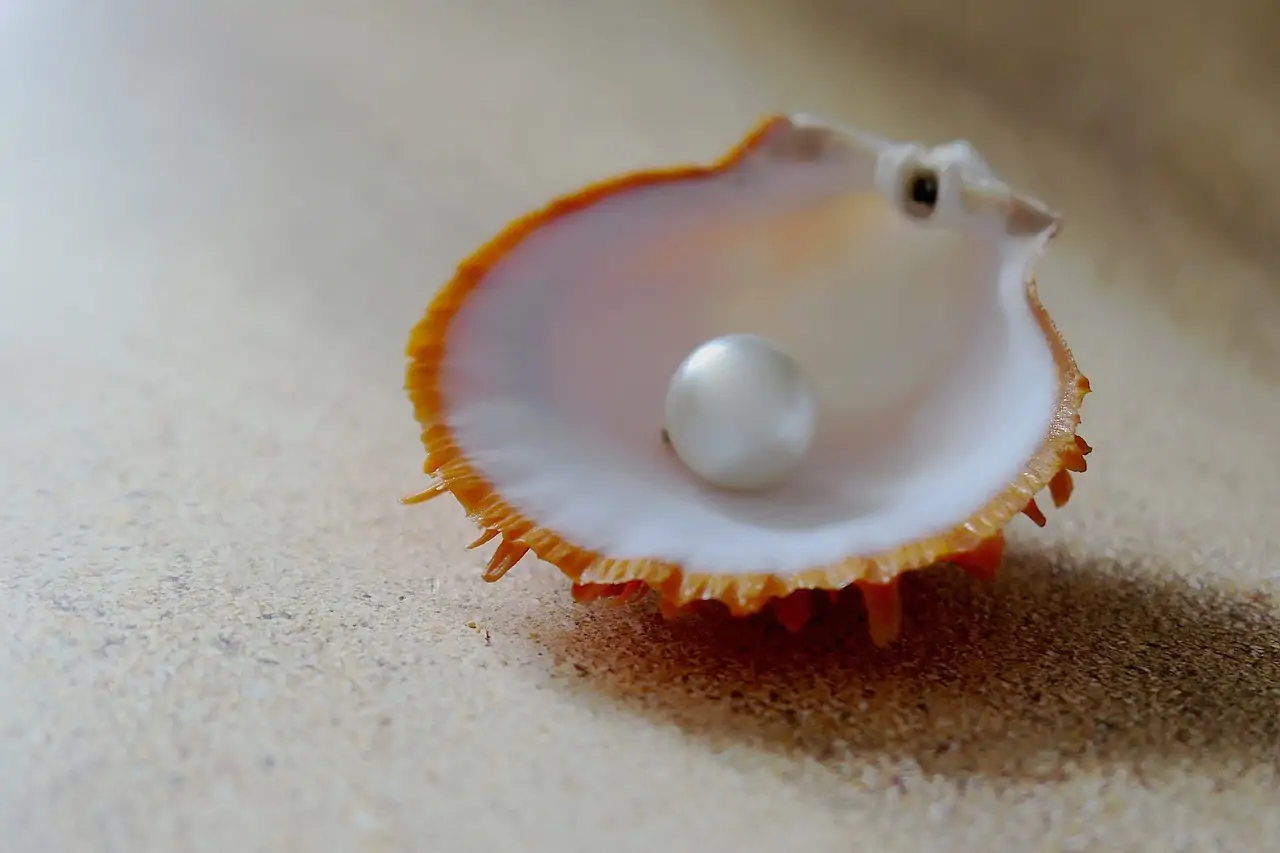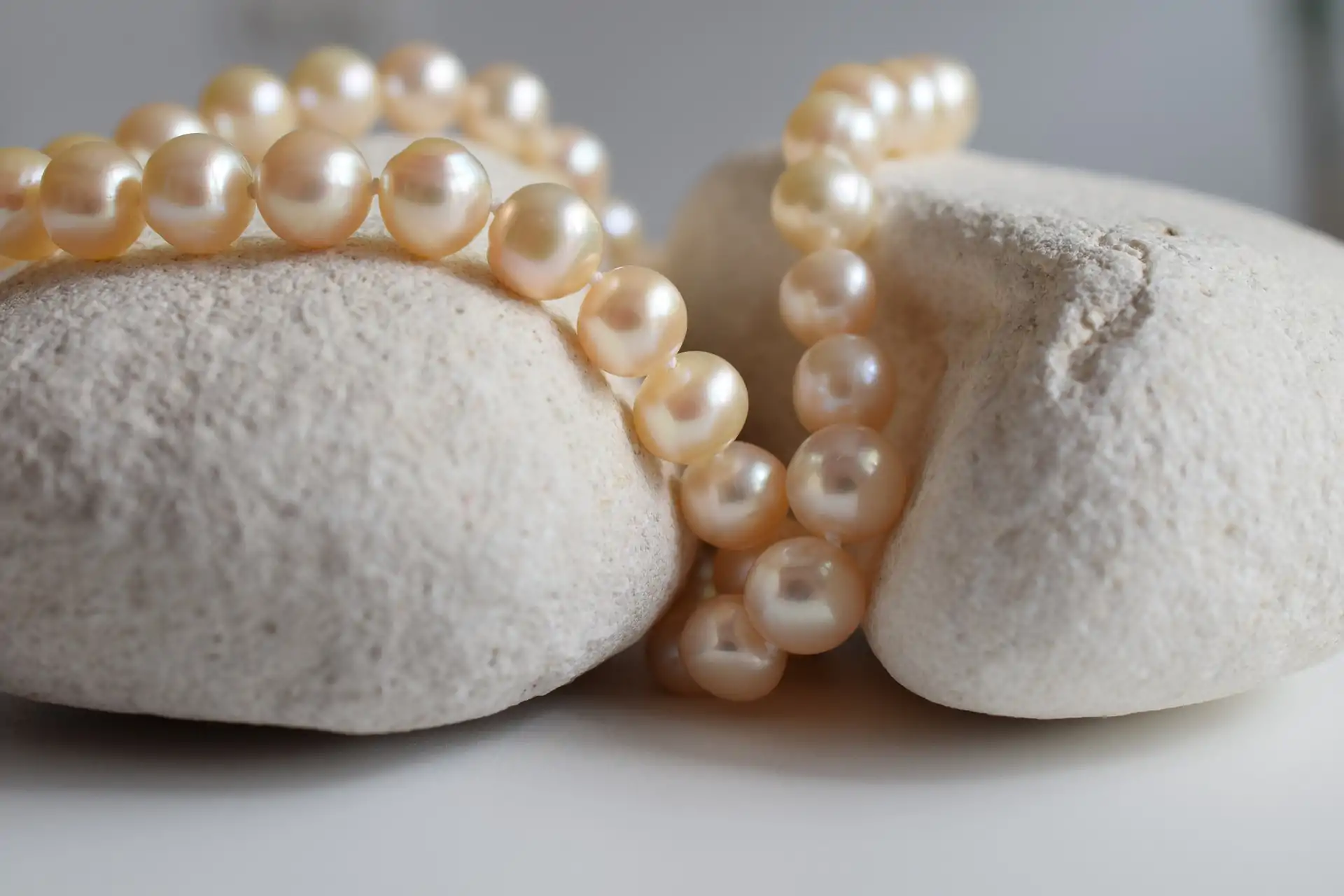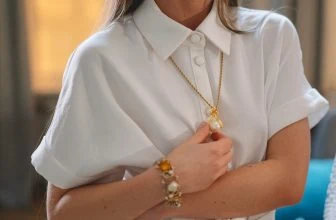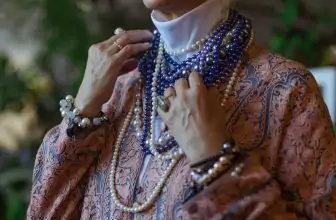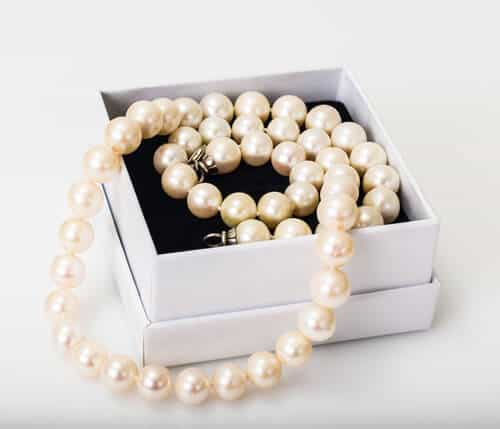
Table of Contents
Often called the “organic gemstone” or the “teardrops of the moon” the pearl has gained a reputation for being a prized addition to any complete jewelry collection.
With its understated elegance and beauty, not to mention, a cost that doesn’t have to break the budget, many people have gravitated towards this precious gemstone.
When on the hunt for your perfect piece of pearl jewelry, there are several things you should take into consideration.
What is a pearl?
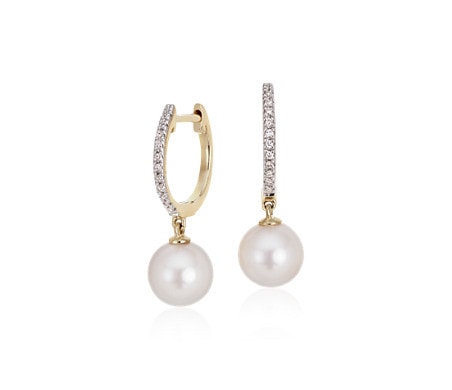
A pearl is formed when an irritant, commonly sand, becomes lodged inside an oyster. As a means of protecting itself from this intruder, the oyster releases coat after coat of ‘nacre’ which is an opaque substance. Over time the nacre forms a pearl.
This lengthy process can take anywhere from six months to two years. The pearl can range from a variety of colors and shapes and is, most commonly, not always round.
Natural or cultured ?
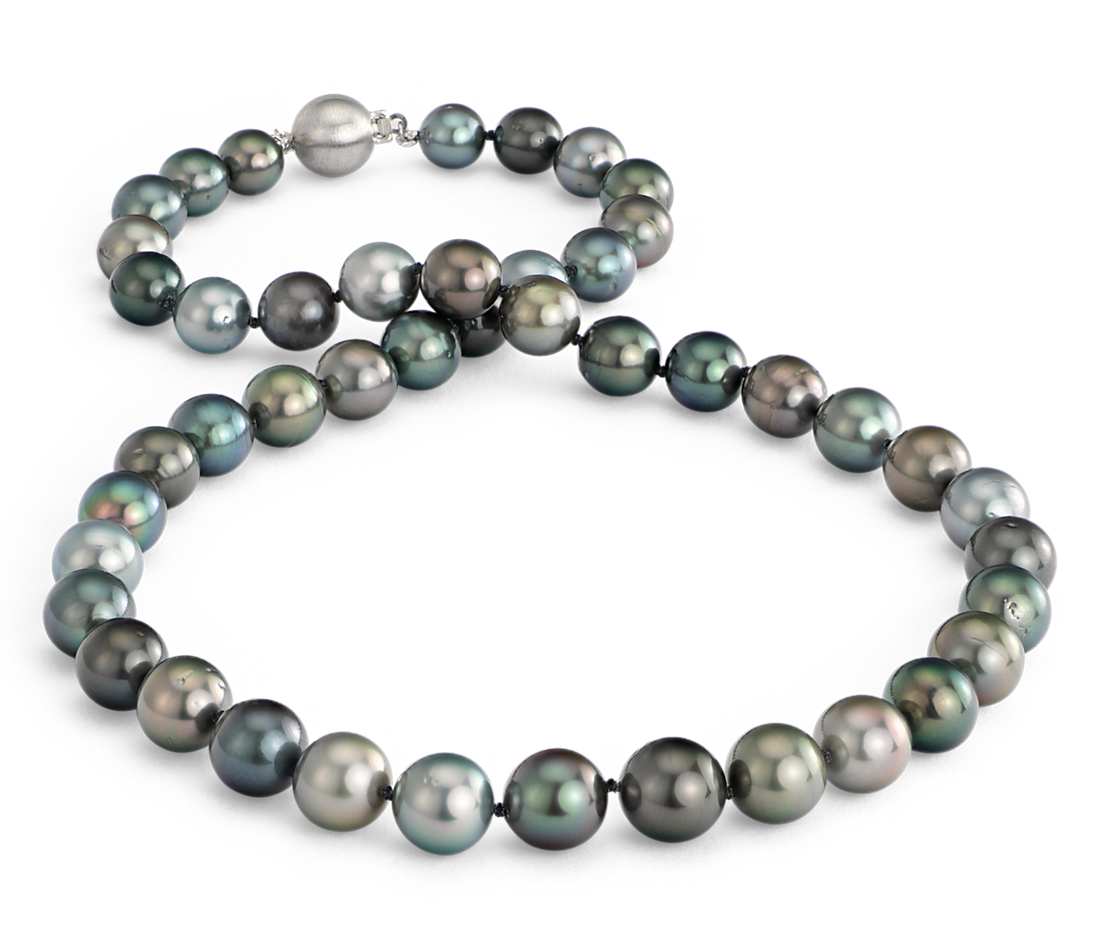
The first and foremost difference between a natural pearl and a cultured pearl lies in the way the pearls were made.
A cultured pearl will be developed by a farmer who injects an irritant into the oyster and uses a controlled environment to allow for speedy and efficient production of pearls. Natural pearls are grown in the wild.
Due to the difficulty of harvesting these natural pearls, they are often far more expensive and rare. Cultured pearls are just as beautiful and prized in the world of jewelry.
Choosing a right type of pearl
First we’ll start with the most common pearl.
Its called the Freshwater pearl. This is the most affordable pearl with prices starting usually around $50.
The Akoya Pearl is your classic pearl, slightly smaller in size than a freshwater pearl, and can be found usually in white or cream colors. These pearls are found off the coast of Japan.
The South Sea pearl is large in size with colors in the realm of white, cream, and gold.
The Tahitian pearl is probably the most unique and interesting of the pearl varieties. With its dark color ranging from black to metallic colors. It is considered an exotic and very valuable type of pearl.
Pearl jewelry
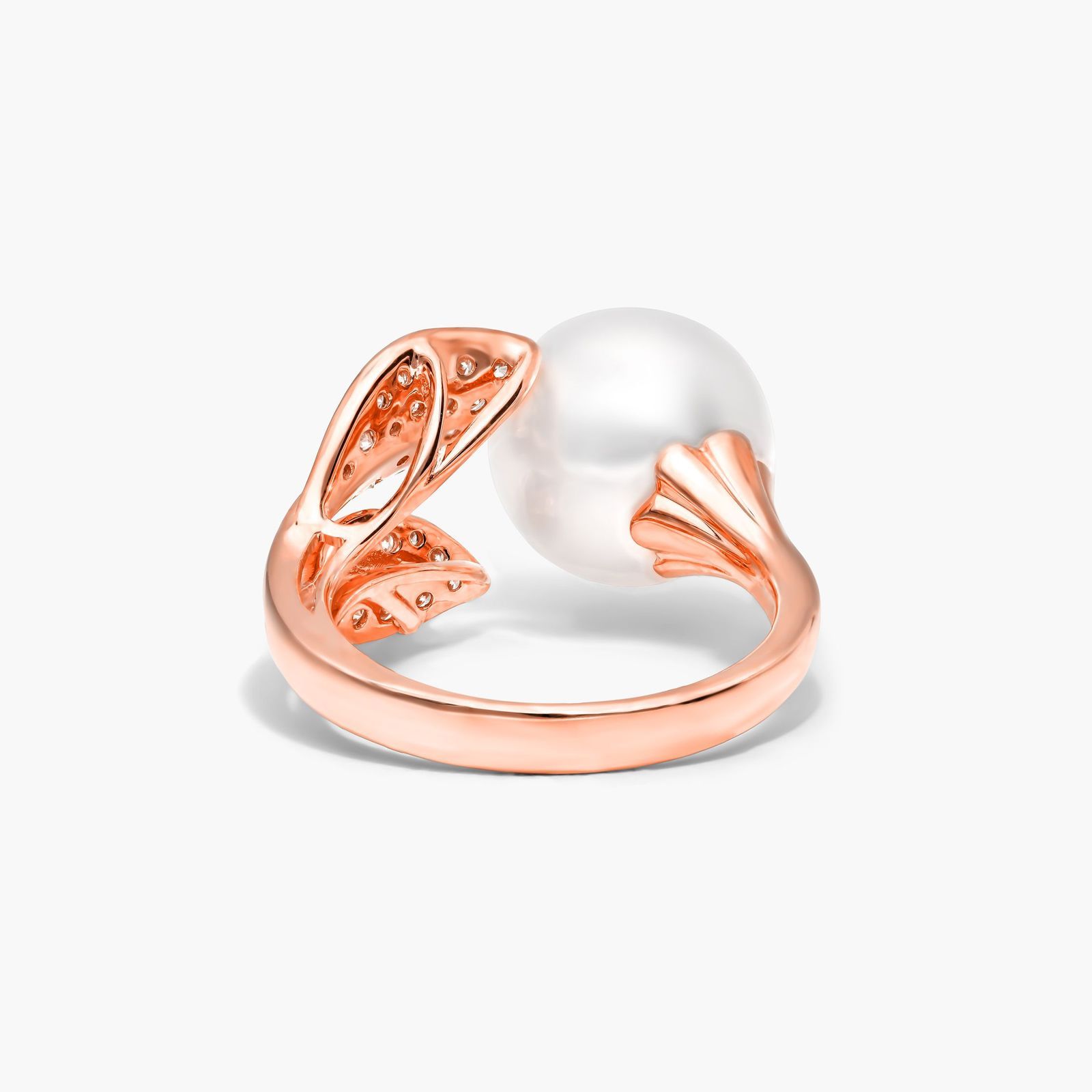
Although some people think that pearls are dated, this is simply not true. This is a fashion staple that comes back into style time and time again. Apart from the classic string of pearl necklace, there are many other ways to wear pearls. In fact, modern designers often come up with trendy and chic ways to incorporate pearl jewelry into everyday wear.
Deciding which type of jewelry to purchase can be a difficult decision. Probably the most common pearl piece people gravitate towards is the necklace. Pearl necklaces can range in length, size of pearl used, and number of strands. You can chose to wear a single strand,
princess length necklace of graduated pearls (pearls that grow in size uniformly from ends to center) for a more classic everyday look or a rope length, multi strand necklace of uniform pearls (pearls that are all the same shape and size) for an evening in the city. Classic Pearl Necklace lengths:
- Collar: Hugs against the neck
- Choker: Sits at the base of the neck
- Princess: Sits just over the collar bone, 17 to 19 inches in length
- Matinee: Hangs just above the bust at 20 to 24 inches
- Opera: Falls just below the bust at 30 to 36 inches
- Rope: A long strand of pearls reaching over 36 inches in length, commonly sitting near the naval.
Even though a pearl necklace is perhaps the most common and desired form of pearl jewelry, don’t stop your hunt there!
The use of pearls in bracelets earrings and rings is very common. When browsing pearl rings, many questions may arise such as: silver or gold? one pearl or two? Diamonds or not? The most important question to ask yourself however is: Which piece fits my lifestyle?
When making this decision bear in mind that the pearl is a very delicate gemstone. It ranks at 2.5-4.5 on the Mohs scale, making it one of the softest gemstones.
It can be easily scratched and damaged. If you decide to purchase a pearl ring it will come with a great responsibility to care for a protect that pearl.
Caring for your pearl jewelry
As I have mentioned above, the pearl, being the only organic gem stone, is very delicate. When wearing your pearl remember that foreign substances like perfume and hairspray can damage the color and quality of your pearl. This can be avoided by remembering to put your pearls on last and take them off first.
If you notice your pearl looking dull or dirty, the best practice is to use a dry, soft cloth, gently rubbing any dirt or foreign material from the pearl. If you find yourself in a situation where a soft cloth is no longer working to remove the dirt, you can definitely wash your pearls.
To do this you will need a mild soap or baby shampoo and a soft brush such as a manicure brush. Use the soft brush, mild soap, and either distilled or mineral water to clean your pearls. Once you have cleaned your pearls be sure to gently dab the water off with a soft, clean cloth. Don’t let excess water or soap sit on your pearls for too long as this can damage the quality of your pearl.
Taking care of your pearls will ensure that they last much longer.


